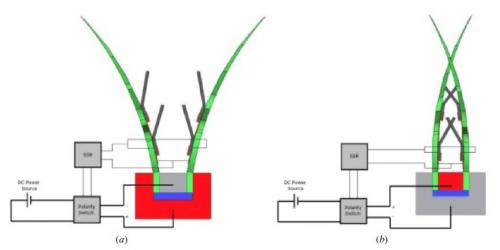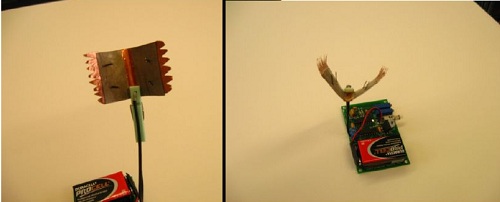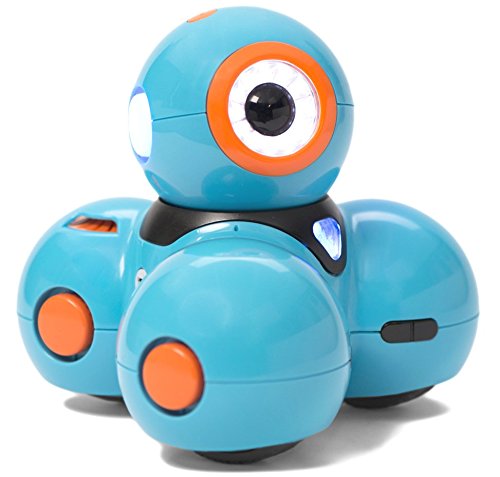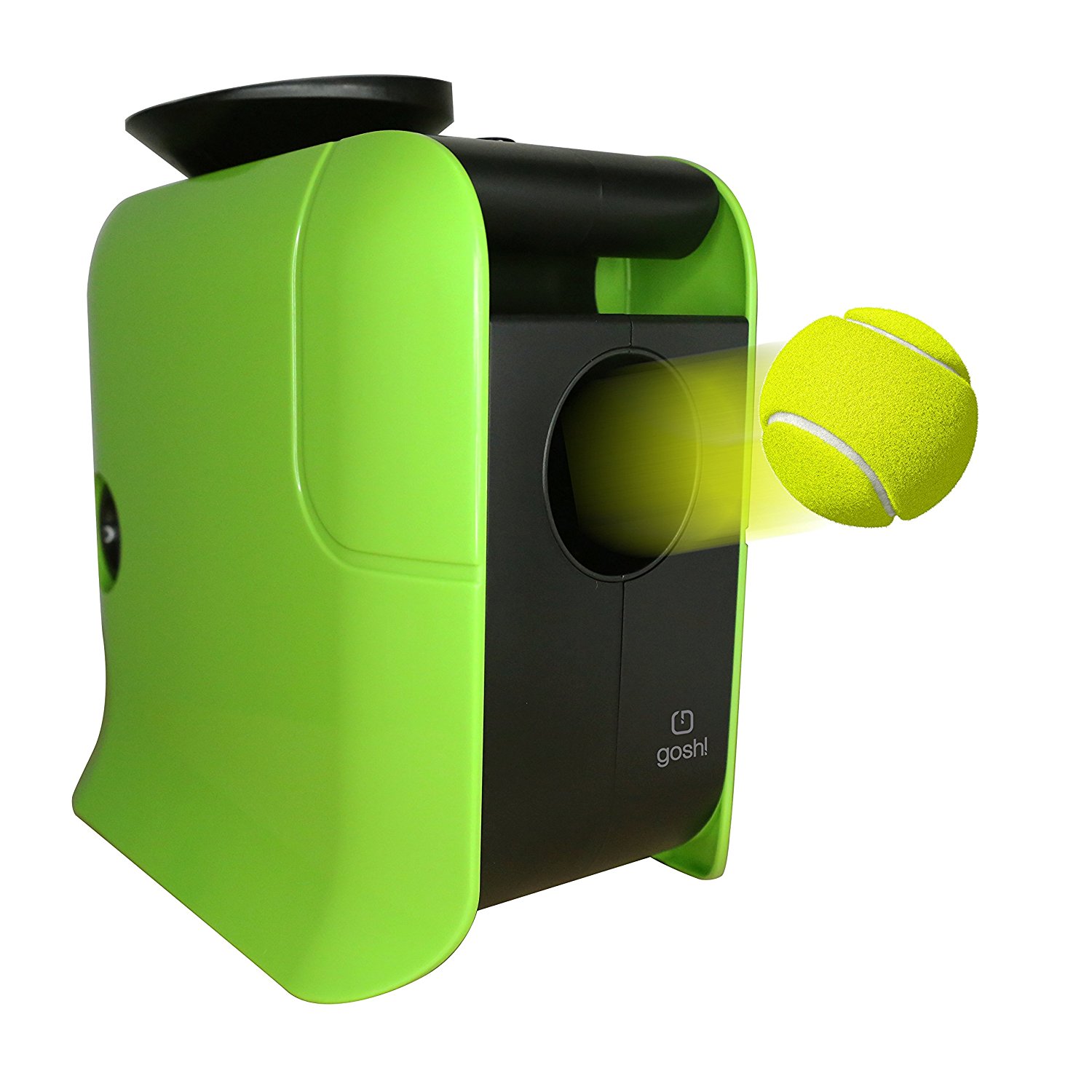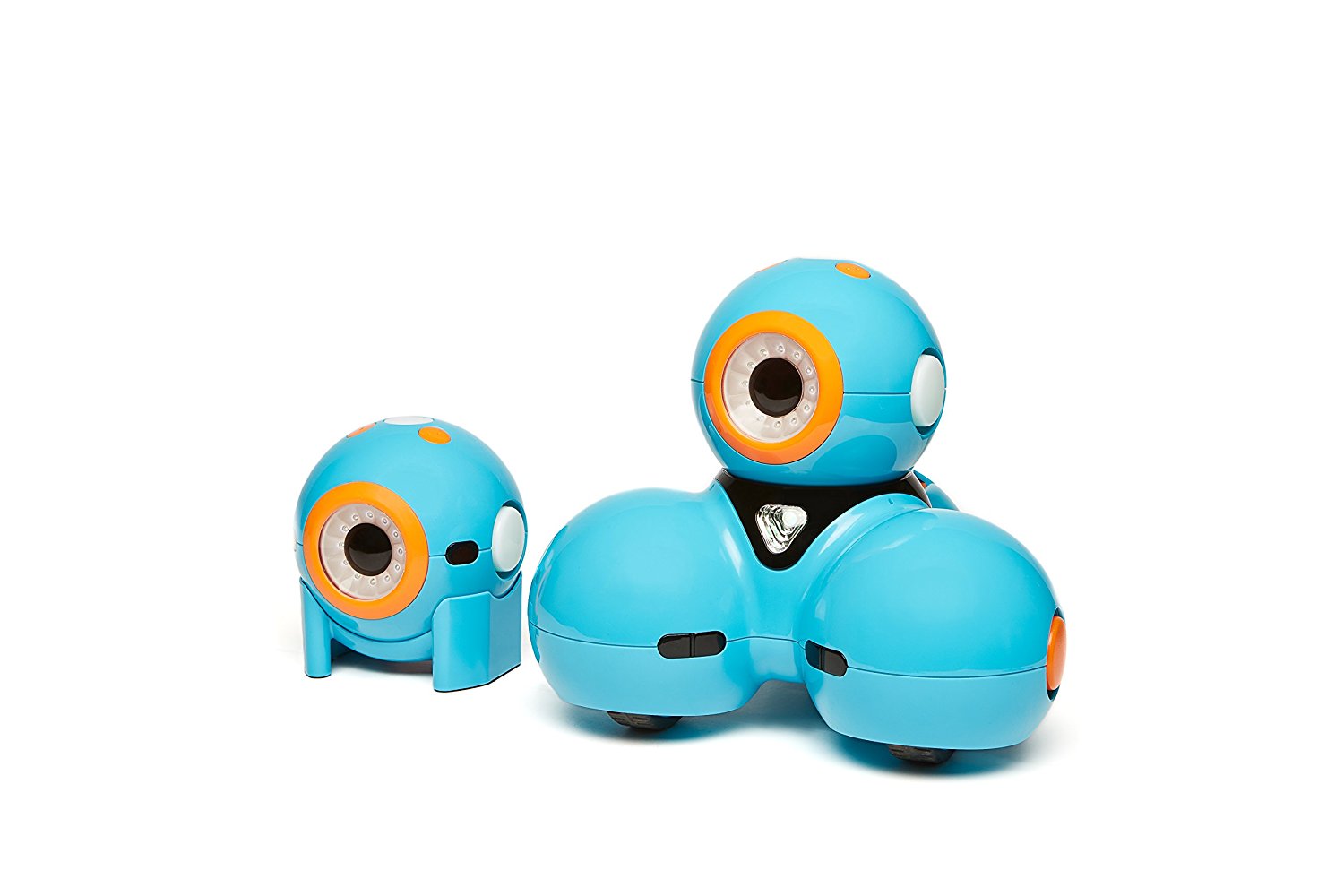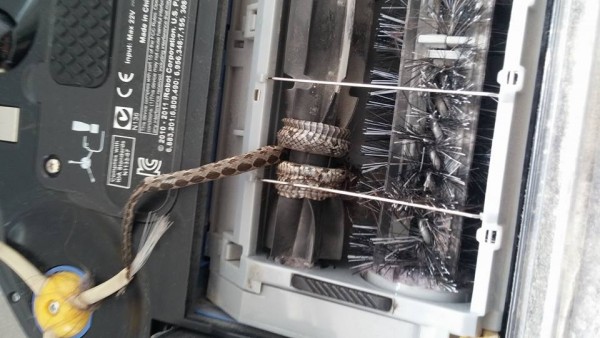Two prototype Venus Fly Trap robots were recently designed with the ability to capture and eat real bugs and use them for energy.
According to our source, the robots were designed as part of a joint project between the university of Seoul and Maine, using similar materials but relying on the same concept.
The robots, modelled after the lobes of real life venus fly traps, are essentially a pair of carbon fiber leaves attached to a spring, not unlike that of a mousetrap though far more advanced. One model uses shape-memory materials that can adapt itself to two different shapes when a current passes through it. The other uses artifical muscles made from nanomaterial.
When resting in a dormant “open” position, the weight of an insect landing on the trap causes the spring to snap forward and the jaws of the robot to close on its prey.
The robot is powered by a single battery, but doesn’t use any energy while dormant. The weight of the insect landing on the trap causes the circuits to connect, which in effect give the robot the fuel it needs to spring into action.
While this robot doesn’t actually digest the insect, it’s nevertheless taken us one step towards creating something of that sort. Some robots are currently able to “digest” grass or other plant matter to power themselves up, but they are only in early development stages.
Perhaps in a few years the designers could take this project a few steps further and add a digestive track that uses calories for energy. Though, I would much rather that these things stay nice and tiny. The last thing anyone would want is a giant robot able to digest organic matter; if one of those goes haywire, that would be like something out of a sci-fi horror movie.
Can’t get enough of robots? Be sure to also check out Teotronico the Robotic Pianist and the iCub robot that looks like a scary baby.

